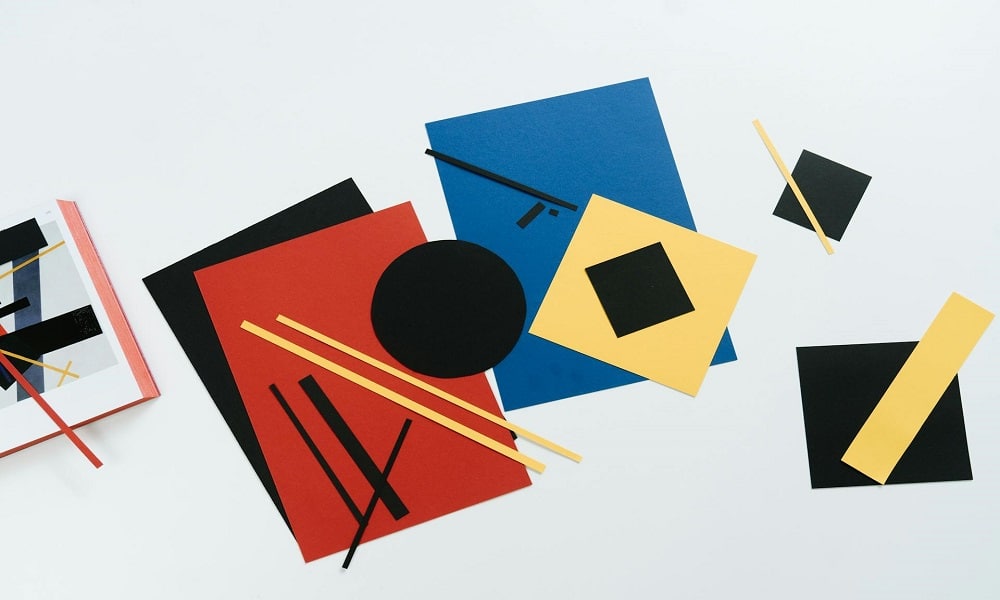Every now and then, a creative technique emerges that reshapes how we tell stories. Collage animation does just that. By blending cut-out photography, hand-drawn illustrations, typography, and digital effects, it offers a fresh, tactile feel that resonates strongly with modern audiences.
A Fresh Take on Animation
For marketers, filmmakers, and educators seeking to break through the noise, collage animation can be a game-changer. It’s not just about putting disparate images together—it’s about crafting a visual narrative that feels alive, unpredictable, and deeply human. This technique is revitalizing the animation industry by merging traditional art forms with contemporary digital tools, making stories more accessible and visually engaging.
1. Elevating Brand Storytelling with Mixed Media
Brands used to settle for generic stock footage or clichéd motion graphics. Collage animation rewrites that playbook by mixing textures—paper, photographs, fabric swatches—with smooth digital transitions. The result? A brand film that looks handcrafted and authentic. For example, a charity campaign might layer children’s drawings over real community shots, or a product reveal could integrate vintage magazine clippings with slick UI mockups. This approach allows brands to:
- Stand out in crowded media landscapes
- Evoke authenticity and warmth
- Build memorable visual identities
- Connect emotionally through tactile, handcrafted aesthetics
2. Delivering Emotional Impact through Juxtaposition
One of collage animation’s strengths is its ability to juxtapose contrasting elements—gritty newspaper headlines next to bright watercolor splashes, for example—to evoke surprise or nostalgia. Nonprofits and social enterprises particularly love this approach: it makes serious issues more relatable without diminishing their gravity. The visual layering becomes an emotional cue, guiding viewers through a curated experience of empathy. By leveraging this contrast, creators can:
- Highlight social issues in compelling ways
- Elicit stronger emotional responses
- Foster deeper audience empathy
- Make complex topics more visually approachable
3. Simplifying Complex Ideas with Visual Metaphors
Explaining concepts like blockchain, renewable energy, or advanced medical procedures can be challenging for general audiences. Collage animation swoops in with visual metaphors that transform abstract jargon into memorable scenes. Imagine animated paper gears representing a blockchain network meshing seamlessly, or cut-out plant illustrations blossoming to depict sustainable energy growth. These metaphors act as cognitive shortcuts, helping audiences grasp essential concepts quickly and intuitively. By combining motion graphics with tactile textures, this approach turns dry white-board diagrams into living, breathing stories that stick.
4. Pioneering Interactive Content and Hybrid Experiences
Today’s audiences crave participation, not passive viewing. Collage animation lends itself naturally to interactive content—think clickable hotspots layered over mixed-media scenes or choose-your-own-adventure videos that splice in hand-drawn animations. Brands can embed animated “stickers” and doodles into social-media posts or websites, encouraging users to drag, drop, and rearrange elements on the screen. This hybrid of stop-motion collage and digital art fosters deeper engagement, turning one-way messages into two-way conversations. The result is a richer user experience that feels personalized and surprising every time.
Additional Insight: The Role of Technology in Interactive Collage Animation
Advancements in software and web technologies have made it easier than ever to create interactive collage animations. Tools like Adobe After Effects, Toon Boom, and web frameworks such as HTML5 now allow creators to add interactivity and real-time feedback, making the audience an active participant in the storytelling process.
5. Fueling Artistic Collaboration and Customization
Perhaps the most exciting aspect of collage animation is its collaborative nature. Because assets can come from a variety of sources—photographers, illustrators, designers, even clients themselves—creative teams can weave disparate contributions into a unified, cohesive narrative. A marketing department might supply brand photographs, while an animator adds hand-sketched overlays and a copywriter suggests typographic accents. With modern editing tools, these pieces snap together in a digital workspace, allowing for rapid iteration and customization. This open, workshop-style process often yields unexpected creative breakthroughs and ensures that the final video truly reflects the collective vision.
Collage animation also scales beautifully. For a product launch, a campaign could feature a short hero video on a landing page, followed by tailored social clips that reuse core elements in fresh ways. Each iteration feels unique—even though they share a common visual DNA—because textures, colors, and cut-out shapes can be remixed indefinitely. This modular approach not only saves time but also reinforces brand consistency across multiple platforms and touchpoints.
Key Benefits of Collage Animation in Modern Storytelling
- Enhanced Visual Identity: Creates a distinctive, memorable look that sets brands, educators, and filmmakers apart.
- Emotional Resonance: Uses visual contrast and handcrafted elements to forge deeper connections with audiences.
- Simplified Communication: Employs visual metaphors to make complex subjects engaging and easy to understand.
- Interactivity: Encourages audience participation through clickable, draggable, and customizable elements.
- Collaborative Flexibility: Welcomes diverse creative inputs, fostering innovation and teamwork.
- Scalability: Enables efficient production of multiple variations, ensuring consistency across different platforms.


